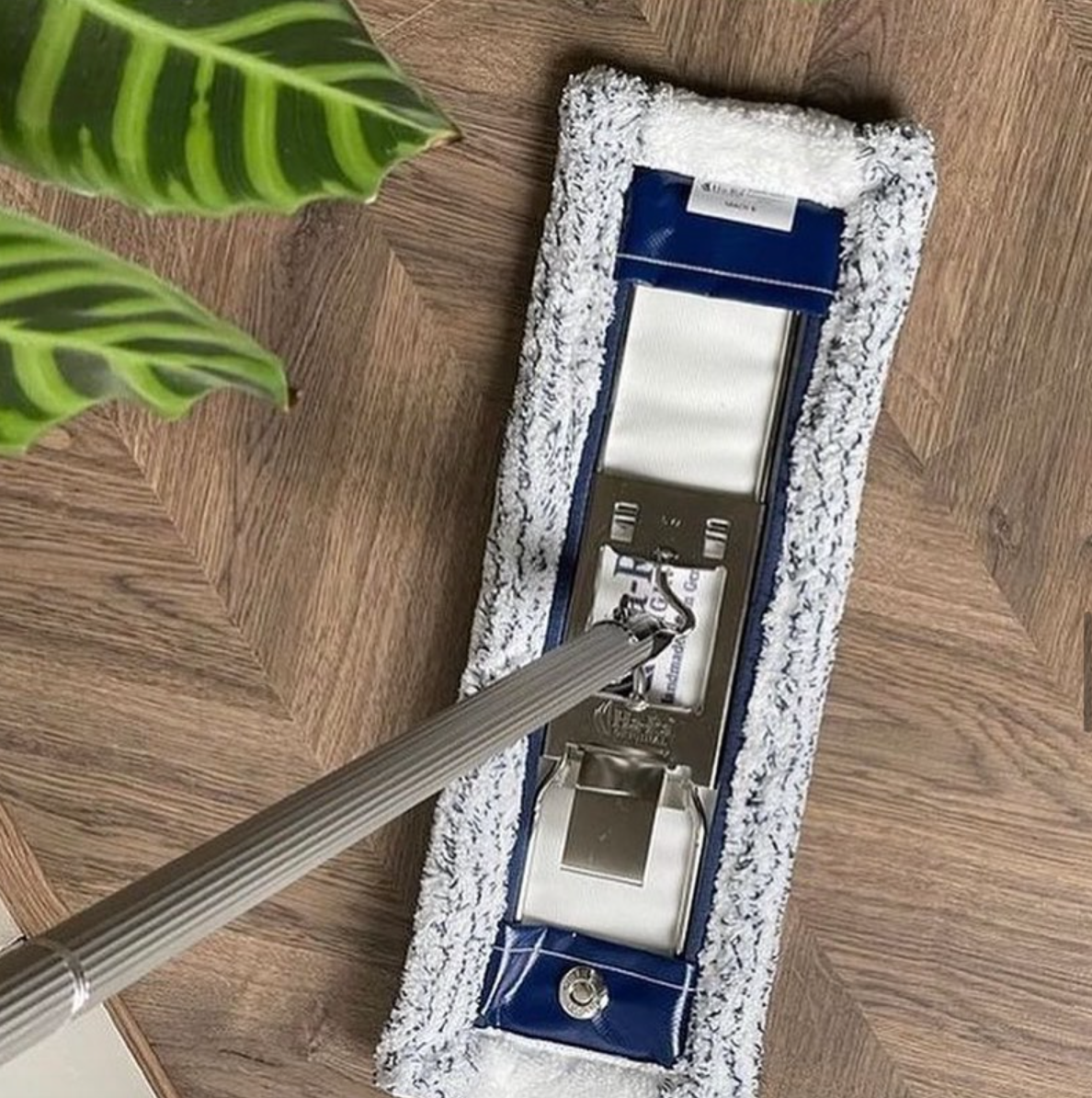Disinfecting vs. Cleaning: What You Need to Know
Cleaning refers to the removal of germs, dirt, and impurities from surfaces. Cleaning does not kill germs, but by removing them, it lowers their numbers and the risk of spreading infection. If you have a totally clean and dry surface bacteria simply can't grow.
Disinfecting refers to using chemicals to kill germs on surfaces. This process does not necessarily clean dirty surfaces or remove germs, but by killing germs on a surface after cleaning, it can further lower the risk of spreading infection.
Before using a disinfectant it is recommended to clean the surface and remove any form of grime. Disinfectant only works if it touches the bacteria or residue left on the surfaces.
What is Green Cleaning?
Green cleaning is the process of using products, practices and equipment that protect both human health and the environment. According to the Environmental Protection Agency, this involves selecting alternative products, using those products properly and taking other steps to reduce risks while maintaining a satisfactory level of cleanliness and disinfection. Green cleaning replaces many of the toxic cleaning products with non toxic agents. These also tend to contain no or lower levels of volatile organic compounds (VOCs), which are the noxious gases which are harmful to humans and the environment. Green products are also biodegradable, come in recyclable containers and are in concentrated form to reduce the size and quantity of required containers.
What does Disinfectant do?
Disinfectant aims to kill any bacteria or microbes. However before disinfecting a surface it needs to be cleaned first. A disinfectant fluid must then touch a bacterial cell, and be absorbed by it, on order to kill it. Little is achieved by pouring a disinfectant solution over a dirty surface as most of the bacteria in the dirt will remained untouched. A greasy surface, such as on a meatslicing machine, will not be effectively disinfected by wiping with a solution because the grease provides a waterproof protection for bacteria on the machine.
The following steps are part of our disinfecting procedure using the Ha-Ra Family Cleaner and Disinfectant:
1. Remove the dirt and grease from the surface with the Ha-Ra fibres
2. Apply the undiluted Family Cleaner and Disinfectant
3. Leave for 10 minutes
4. Rinse and dry
What is the difference with Microfibre Cleaning?
Microfibre products designed for cleaning, clean on a microscopic scale. According to tests using microfibre materials and water to clean a surface leads to reducing the number of bacteria by 99%, whereas a conventional cleaning material reduces this number only by 33%. Microfibre cleaning products also absorb fat and grease and their electrostatic properties give them a high dust-attracting power. Microfibre products used for cleaning are generally constructed from fibres of polyester and polyamide. Microfibre used for commercial cleaning products also includes many products constructed of 100% polyester microfibre. This material can hold up to eight times its weight in water and traps dirt and bacteria until rinsed out. This means with microfibre you clean and disinfect in one step only, saving time.
Ha-Ra® Fibre Cleaning Technology
During the cleaning process, millions of extremely fine special fibres loosen even the most stubborn dirt and grease, which are then bound together by the fibres and water. Tests conducted in Australian Laboratories have shown the Ha-Ra® fibres to be as effective as chemical sanitizing systems in the reduction of micro-organisms on contaminated surfaces. Additionally the fibre products were shown to simplify cleaning as they remove dirt particles at the same time as removing bacteria. Tests also showed there was little 'carry over' from the cloths, that is the bacteria and organisms remained trapped in the fibres and were removed easily when rinsed in water.
The Ha-Ra products have been used in Hospitals and sterlizer departments Australia wide and the results can be viewed by independent Australian Laboratories Bernard-Heath-Associates and Medvet Science.







